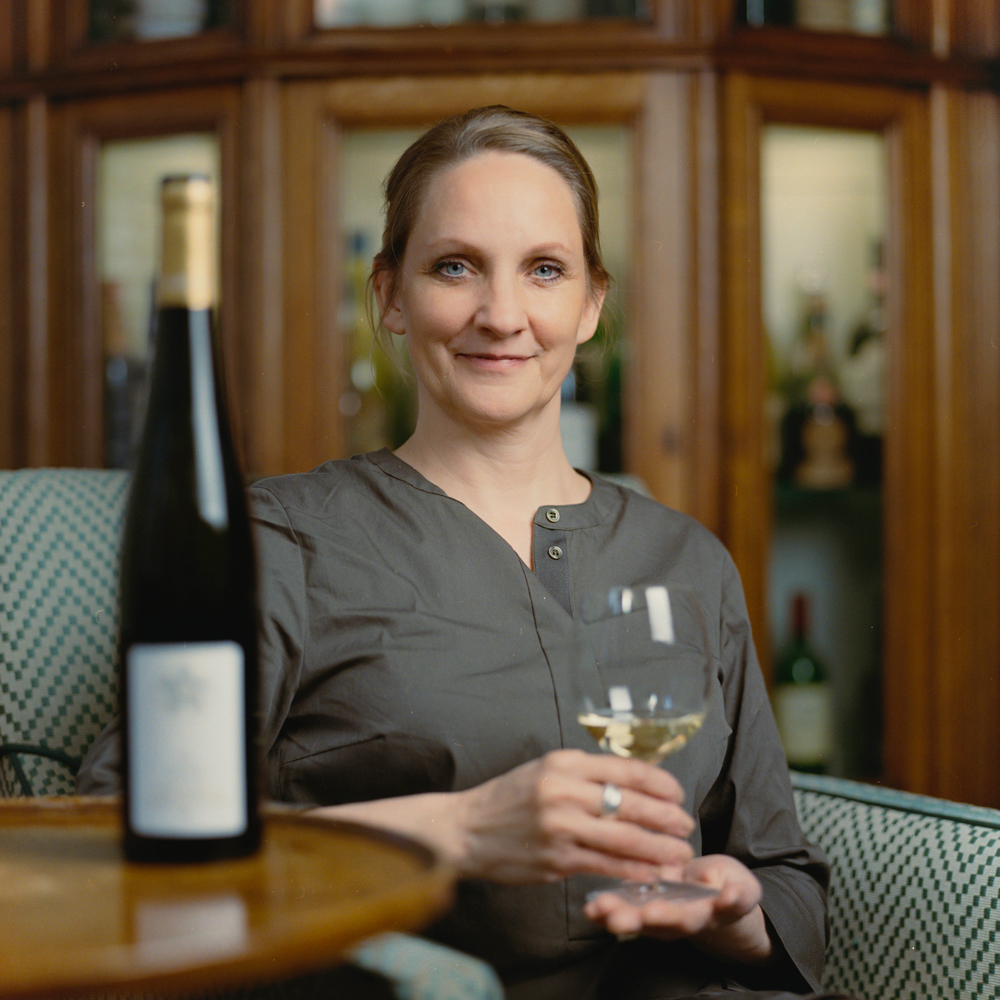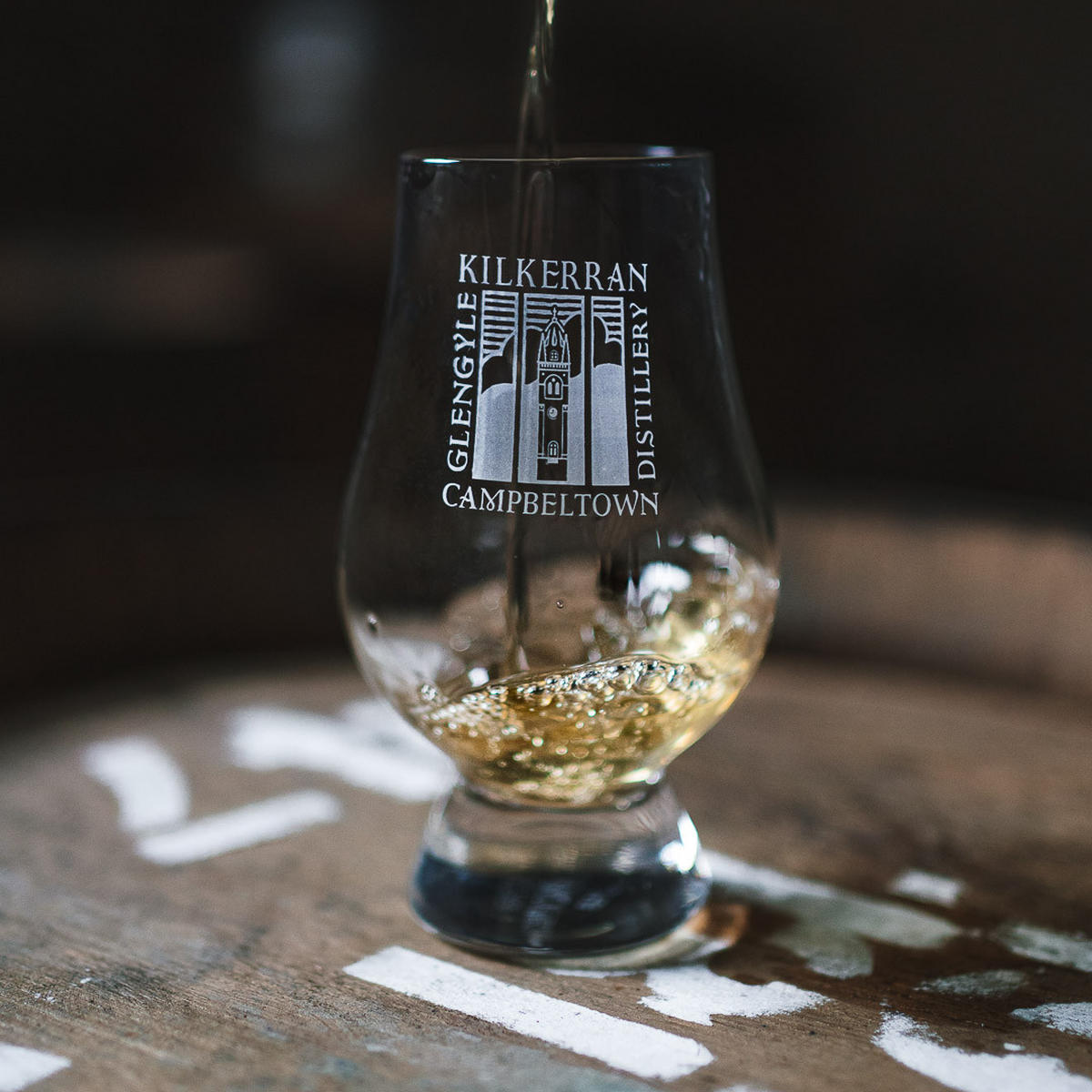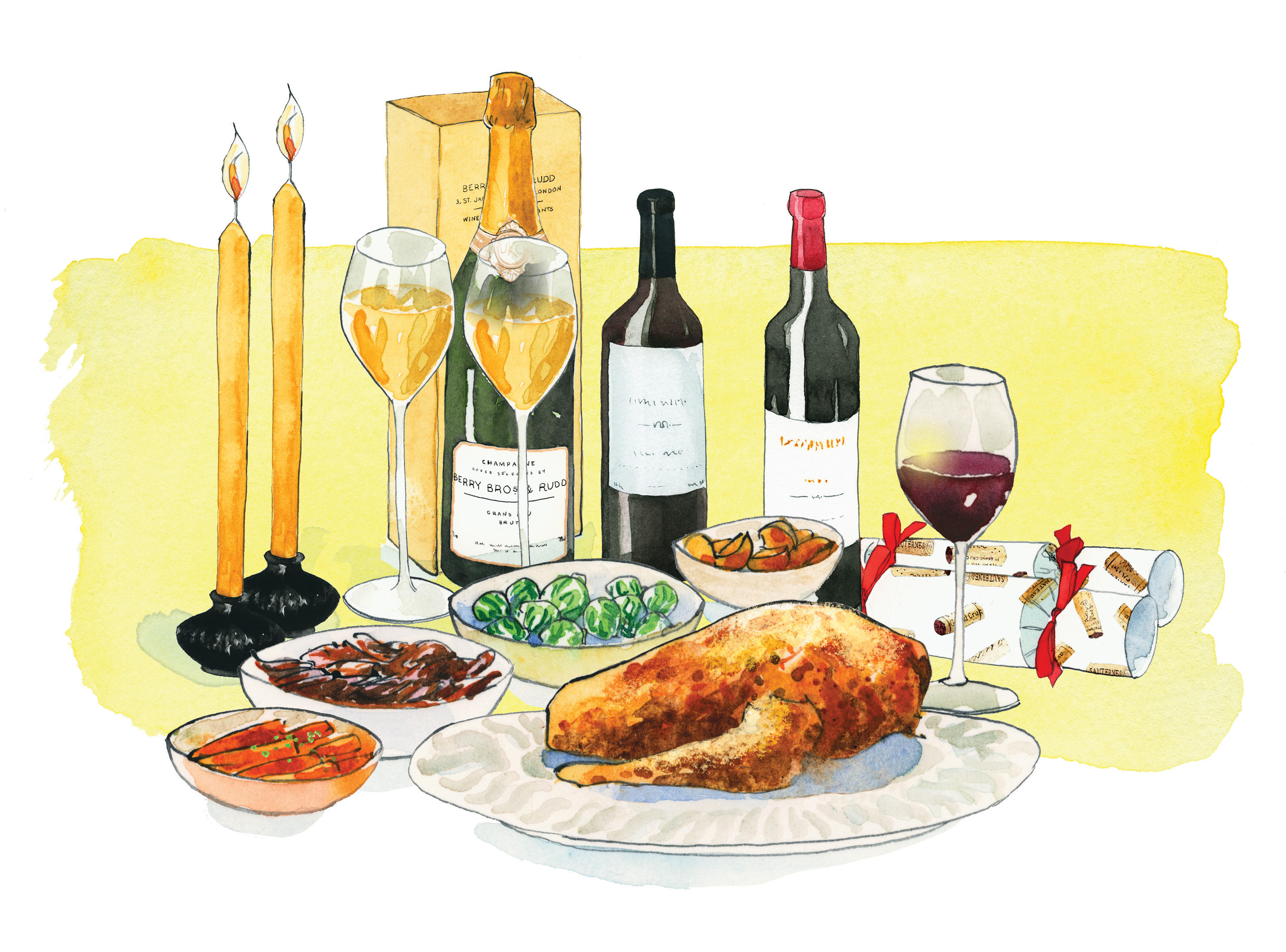Eva Fricke’s Eltville Collection: Rheingau’s past, present and future
Author: Elisa De Luca

It’s a chill, grey day in Germany’s Rheingau region, and winemaker Eva Fricke is holding court. Hanging onto her every word – and eagerly eyeing the wines awaiting us in the corner of the room – are wine-lovers from across the globe.
We’re here to try something quite special, with flavours dating back 100 years: Eva’s new Eltville Collection.
“Why does Eva Fricke need a new wine?”
It’s the question Eva posed to us, as we sat together in a historic German Schloss, nestled in the heart of the small town of Eltville. The site could hardly have been more appropriate, given what we were to be introduced to.
Those who have been lucky enough to sample Eva’s wines already may not have thought this was a question worth asking. Eva’s wines are nothing short of remarkable: vibrant and pure, with slicing acidity and an intensity of fruit that lasts long beyond the final drop. No one who has tasted them would object to another feather in her winemaking cap.
The question of “why a new wine” is evidently one she’s asked herself, throughout the process of creating the Eltville Collection. But, over the course of the evening, it becomes clear exactly why the ambitious new project is not only necessary – but destined to be a success.
Domaine Schloss Eltz
In 2019, Eva Fricke took over two hectares of land that had once been part of Domaine Schloss Eltz, planted with decades-old vines. The domaine ceased operating in the 1970s, but its wines remain sought-after by collectors to this day.
The wines of this historic estate were grown on the banks of the Rhine. High-quality and internationally renowned, they were counted amongst the Rheingau’s most important for decades. Apprentices from across Germany flocked to Schloss Eltz, clamouring to learn from these masters of sweet and noble wines.
It is here – after the potential of the vineyards was realised, after lying dormant for years – that the Eltville Collection wines were born.
The power of sustainability
When first taking over the site, expectations were mixed. “It looked like a mass-production vineyard,” Eva says; biodiversity had been stripped away, there was a significant monoculture that was proving damaging to the vines there. “It took three to five years to show its full potential.”
Eva is committed to working sustainably. Her own estate is organically certified, and she has been utilising biodynamic applications for two years. This same ethos was employed in the Schloss Eltz site – and the results were quite astounding.
“The more natural your farming is, the more naturally you can work in the cellar and the easier it is to taste the terroir and the grapes,” Eva says. Year by year, the wines began to express more of their site: more texture, more aroma, more vivacity. It was more than Eva had hoped for, she recounts – and it became clear that this was a standalone project she wanted to highlight, not something to blend into another of her wines.
A sense of history
More surprises were to come. After taking over the site, Eva discovered that the soils in Schloss Eltz were some of the most unique in Germany.
In the 1950s, “restructuring” programmes initiated by the government (known as Flurbereinigung) meant that many vineyards were refilled with new soils, transported from elsewhere in the country.
This small site was one of the very few to escape. Soils here are those that originally characterised the region, rich in shells and chalk, having once been riverbeds. These, Eva says, add a different kind of texture and minerality to the Eltville Collection that are reminiscent of the world’s finest white Burgundies, or historic Mosel wines.
The discovery of these original soils also meant Eva found herself uniquely positioned to create something quite special – wines that embody what Rheingau Riesling used to be.
The natural taste of Riesling
“I take the soil, I take the grape, and I try to make the most out of it. I try to preserve history,” Eva says. This preservation is important; Germany has undergone many changes in its winemaking. The biggest changes came in the 1970s, when focus moved to the production of cheaper Riesling and white wine brands: Blue Nun, Black Tower and the like.
The vines planted during these years were those that could produce greater volumes of wine – often at the expense of concentration and flavour. As Eva describes, the vine clones of 100 years ago made remarkably different wine: more mineral and more aromatic, with concentrated favours of rose petal and lychee alongside Riesling’s classic stone fruit, lime and blossom. They were behind the wines that propelled Rheingau to its initial reputation of “aristocratic distinction”.
These older clones are the ones Eva chose to plant in the historic soils of Schloss Eltz, dating back to around 1900 – each taken from the Krone vineyard at her original domaine.
This is a true heritage project, and, when we come to taste the Eltville Collection, it’s clear that these are unlike any Rieslings we’ve tasted before. There’s a profound depth here, alongside remarkably expressive yellow stone fruit like quince that tastes – in Eva’s words – “like fruit used to, before industrialised farming”.
The future of Eltville
The Eltville Collection has history at its heart: not only the history of its vineyard, but that of the Rheinghau, and Riesling itself. What Eva has done here is create something wholly unique: a snapshot into the past, of winemaking gone by.
But she’s not resting on these laurels. “I believe this work is very important,” she says, “for me, and the people who come after me.”
Eva is on a mission to preserve the historic jewel she has uncovered, by ensuring it’s set up for the future. In collaboration with Hochschule Geisenheim University, she has embarked on an agroforestry project in Schloss Eltz.
“Rheingau used to be full of trees,” Eva says, “and I thought we need to bring that back.” Trees not only offer shade in Rheingau’s increasingly hot summers, but also have the capacity to soak up excess water. As the flooding in Germany’s damp 2022 vintage proved, this can be a lifeline for vineyards.
“We need a change, and we need to start trying new things,” Eva says. The Eltville Collection is certainly unlike anything we’ve seen before. And, with Eva’s sustainable measures and careful precision coaxing more radiance, texture and aroma out of these heritage wines every year, the future of Rheingau’s history certainly looks bright.
To find out more about the Eltville Collection, exclusively available through us from Friday 14th February, head to our website here.





